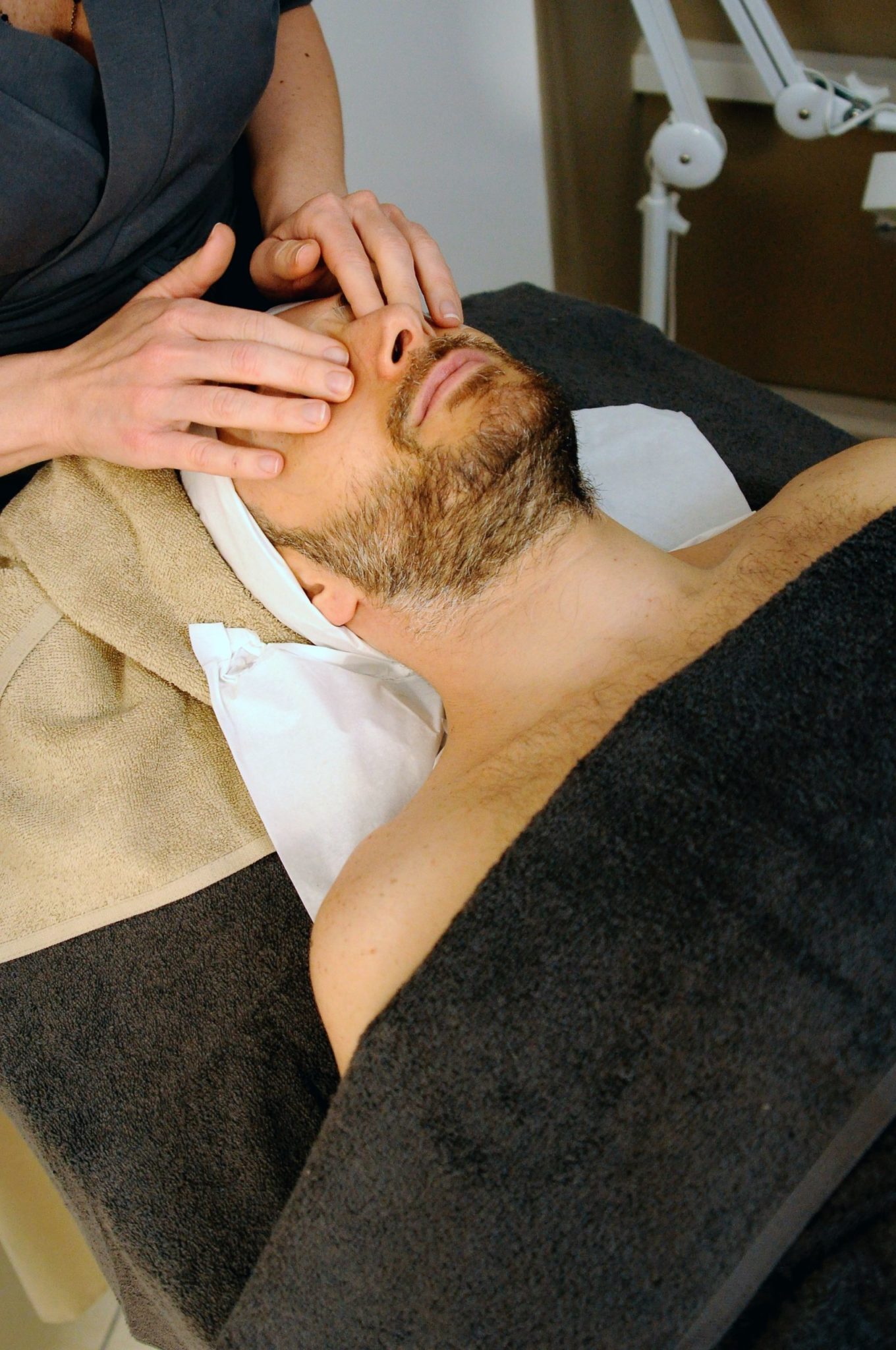We all look to different outlets for relaxation, but sometimes there’s nothing like a good massage to help us decompress from our day-to-day life, even if it’s just for a few minutes. A massage can come in various forms with different benefits and different attention to certain areas of the body. Massage therapy can help rebalance and rejuvenate the body, but finding the right massage treatment right for you is all about weighing up your aches and pains. Whether it’s for simply breaking down knots that we build up from stress, or in order to address health conditions, these massage techniques can help our overall well-being and bring calmness to our daily lives.

Swedish Massage
Swedish massage is one of the most common forms of massage therapy available, oftentimes called a classic massage. The technique focuses on relaxation without intense pressure. Swedish massages are designed to loosen tight muscles caused by our daily activities. Things as simple as working at your desk and exercising can cause plenty of tension throughout your body. A Swedish massage pays particular attention to the lower back, shoulders, and neck, as massage therapists rely on kneading and long strokes to increase blood flow and stimulate nerve endings, relieving muscle tension.
A traditional Swedish massage can also cover the whole body, as a massage therapist will often ask you to flip over on to your back on the massage table midway through the session. Therapists will also accept requests to focus on certain problem areas that you may be dealing with.
Deep Tissue Massage
A deep tissue massage is similar to a Swedish massage but targets the inner layers of your muscles, tendons, and dense connective tissue. This type of massage uses similar techniques to Swedish massage with kneading and long strokes, but deep tissue massage uses far more pressure, and sometimes, can be a bit painful depending on your muscle strength.
Deep tissue massage therapy begins in a relaxing fashion, warming the muscles up before your masseuse begins to work deep into your problem areas. Deep tissue massage is the preferred type of massage for athletes and runners, oftentimes referred to as a sports massage because of this fact.
As more pressure is applied to your muscles during a deep tissue or sports massage, it’s key to list out any injuries with your massage therapist before beginning treatment. It’s also important to be vocal about the level of discomfort you may be able to endure.

Benefits of Massage
Studies carried out on massage techniques show that they can be utilized as a part of integrative medicine. Now, more than ever, massages are being offered as a treatment for a wider range of medical conditions. Massage therapy is designed to reduce pain and muscle tension, which can also help to address some stress-related mental health issues like anxiety and insomnia.
Deep tissue massage has also been linked to some health benefits for chronic pain conditions like fibromyalgia, which can often have links to digestive disorders related to the bowel. Massages are often utilized to boost blood flow throughout our system and can help alleviate headaches and jaw pain associated with stress. This improved circulation also helps to improve joint flexibility and mobility, as well as expedite the recovering process of any soft tissue injuries.
Beyond the medical benefits of massage, some people enjoy massages simply for the endorphins it releases – the feelings of comfort and connection that come from touch. It can soothe our anxiety and depression, produce less stress, and bringing about a greater feeling of relaxation throughout our day.





